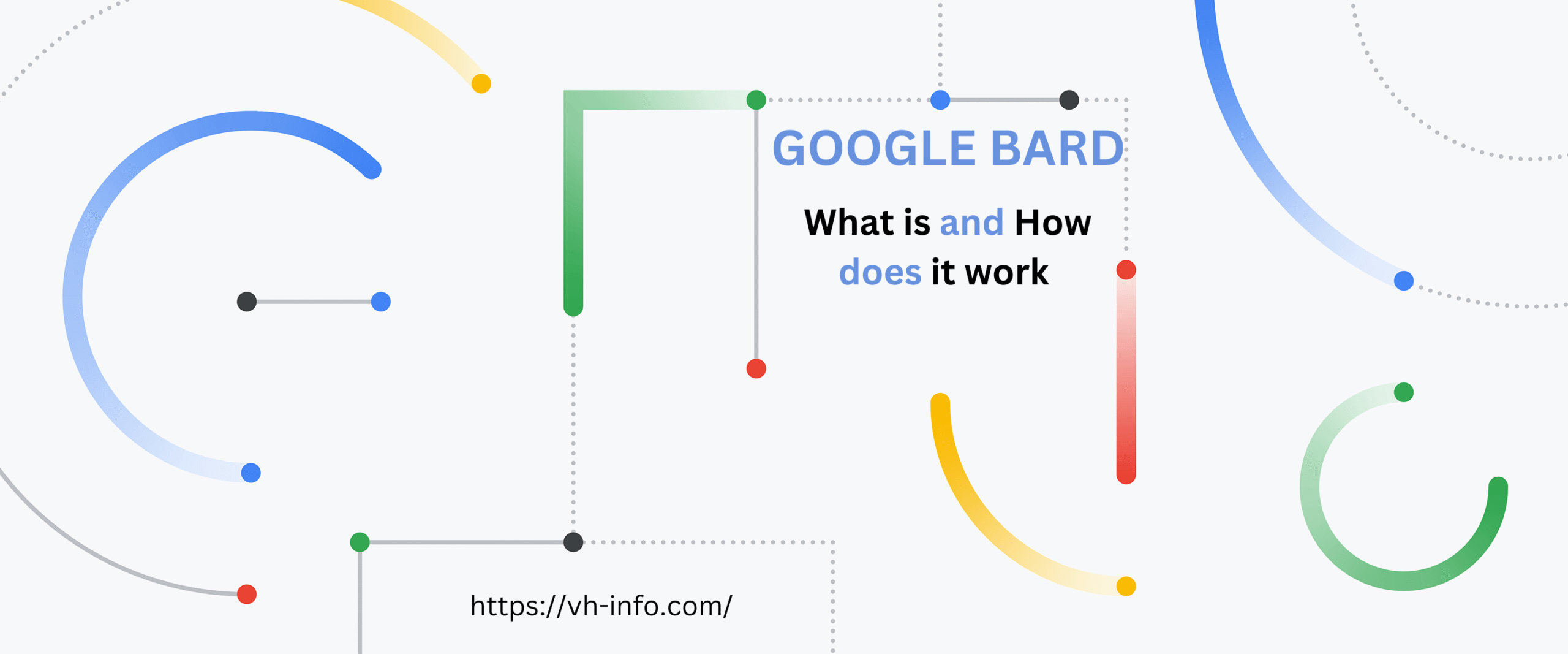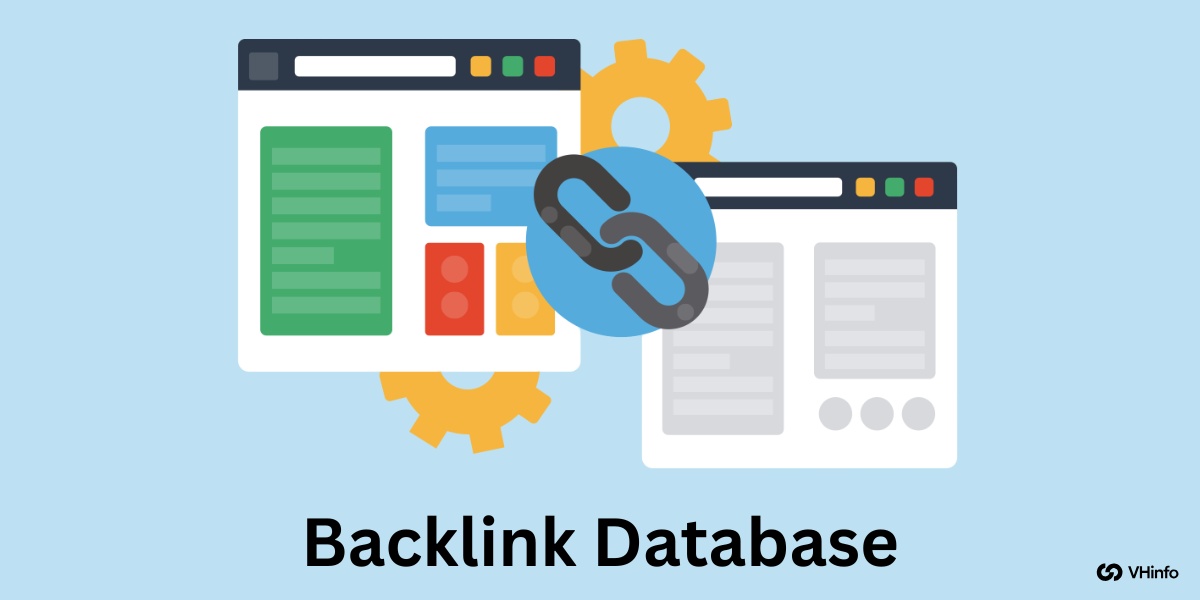Google Bard is a powerful tool that can help you research and access information quickly. It’s a search engine designed by Google to bring you the best results for your queries. With an easy-to-use interface and intuitive navigation, you can find the information you need in just a few clicks. Whether you’re looking for a specific article, a book, or something else entirely, Google Bard can help you find it quickly. It works by analyzing your search query, then providing you with a list of relevant results.
With each result, you’ll get a brief summary and a link to the source material. Plus, you can even save results for later and refine them with additional filters. Google Bard is a great resource for anyone looking to find the answers they need quickly and easily.
Introduction to Google Bard
Google Bard is a powerful search engine developed by Google. It is used to search for information on the Internet. It was launched in 1998 and has since become one of the most popular search engines. Google Bard has a large index of web pages and images that are constantly updated.
It also provides a variety of advanced search options and a wide range of other services such as Google Maps and Google Scholar.
Google Bard is a great tool for finding information online. It is simple and easy to use, and it provides the most accurate results. It can be used to search for specific topics or to find a range of information on a particular subject.
It also offers a range of other services such as Google Maps and Google Scholar.
Google Bard is also known for its ability to deliver comprehensive and relevant search results. It uses a complex algorithm to determine the relevancy of a webpage or an image to the search query. It also uses a variety of different techniques to determine the quality of the results.
Google Bard is constantly updating its algorithm to improve the quality of its search results.
Google Bard is a great tool for both individuals and businesses. It is a great way to find information quickly and easily on the Internet. It is also a great tool for businesses to increase their visibility online and reach a wider audience.
What is Google Bard AI?
Google Bard is an artificial intelligence (AI) technology developed by Google. It is designed to help people understand and interact with the world around them. Google Bard is powered by natural language processing and machine learning algorithms that enable it to understand the context of conversations and provide meaningful responses.
Google Bard is a conversational AI platform that enables users to communicate with each other and with machines in natural language. The platform is capable of understanding a variety of languages and is constantly being improved. It can understand spoken words, written words, images, and videos.
It is used by many companies and organizations to create smarter and more personalized experiences for customers.
Google Bard AI also helps with tasks such as understanding a user’s intent, providing information, and providing recommendations.
The AI can process text, audio, and video data to provide users with relevant information. For example, it can be used to recommend books or movies based on user preferences. It can also be used to provide insights into customer behavior and sentiment.
Google Bard AI is also used to create virtual assistants that can help users with tasks such as scheduling appointments, ordering food, or finding information. These assistants can be used in a number of different ways, such as providing customer service, helping to automate business processes, or providing information to customers.
Google Bard AI has the potential to revolutionize the way businesses interact with their customers. It can provide a personalized and contextual experience for customers, making it easier for them to find what they need.
It can also provide businesses with insights into customer behavior and sentiment, enabling them to better understand and serve their customers. With its powerful capabilities, Google Bard AI is sure to become an integral part of many companies’ customer service strategies.
How Does Google Bard Work?
Google’s BARD (Bayesian Optimization with Automated Regularization Design) is an AI algorithm designed to optimize machine learning models. It is particularly useful for finding the best set of hyperparameters for a given model, which can significantly improve its performance.
BARD uses a Bayesian optimization approach, which means it uses probability theory to model the relationship between a model’s hyperparameters and its performance. It starts by defining a prior distribution for the hyperparameters and then updates this distribution as it observes the model’s performance on different sets of hyperparameters.
BARD also incorporates automated regularization design, which means it automatically selects the appropriate regularization method for a given model.
Regularization is a technique used in machine learning to prevent overfitting, and the choice of regularization method can significantly impact a model’s performance.
Overall, BARD is a powerful tool for optimizing machine learning models and has been used successfully in a wide range of applications, including natural language processing, computer vision, and recommendation systems.
Its ability to automatically select the best set of hyperparameters and regularization methods has made it an essential tool for machine learning practitioners looking to improve the performance of their models.
Benefits of Using Google Bard
There are several benefits of using Google’s BARD algorithm for optimizing machine learning models.
Firstly, BARD uses a Bayesian optimization approach, which allows it to efficiently explore the hyperparameter space and find the best set of hyperparameters for a given model. This
can significantly improve the model’s performance and save time and resources compared to manual hyperparameter tuning.
Secondly, BARD incorporates an automated regularization design, which means it can select the appropriate regularization method for a given model without requiring manual intervention. This can further improve the model’s performance and prevent overfitting.
Finally, BARD is a highly flexible and customizable algorithm that can be adapted to different types of machine-learning models and applications.
It has been successfully used in a wide range of domains, including natural language processing, computer vision, and recommendation systems.
Overall, the benefits of using BARD include improved model performance, efficient hyperparameter tuning, and automated regularization selection, making it an essential tool for machine learning practitioners.
Google Bard Features
Google’s BARD algorithm has several key features that make it a powerful tool for optimizing machine learning models.
Firstly, BARD uses a Bayesian optimization approach, which allows it to efficiently explore the hyperparameter space and find the best set of hyperparameters for a given model. This approach takes into account uncertainty in the model’s performance and updates its beliefs as it observes new data.
Secondly, BARD incorporates an automated regularization design, which means it can select the appropriate regularization method for a given model without requiring manual intervention. This feature can prevent overfitting and improve the model’s generalization performance.
Thirdly, BARD is highly customizable and can be adapted to different types of machine-learning models and applications. It also supports parallel computation, allowing it to search for optimal hyperparameters across multiple computing nodes.
Finally, BARD provides a user-friendly interface for setting up and running optimization experiments. It also provides detailed diagnostic information, such as convergence plots and performance metrics, to help users understand and interpret the results.
Overall, BARD’s features make it a powerful and flexible tool for optimizing machine learning models, particularly when hyperparameter tuning and regularization selection are critical for achieving high performance.
Tips and Tricks for Google Bard
Here are some tips and tricks for using Google’s BARD algorithm to optimize machine learning models:
- Define a realistic search space: BARD searches for the best set of hyperparameters within a defined search space. It is important to define a search space that is large enough to capture a wide range of potential solutions but also realistic in terms of what hyperparameters are likely to have an impact on the model’s performance.
- Use appropriate priors: BARD uses probability theory to model the relationship between hyperparameters and performance.
It is important to define appropriate prior distributions that reflect prior knowledge or assumptions about the hyperparameters.
- Select an appropriate acquisition function: BARD uses an acquisition function to determine which set of hyperparameters to evaluate next. Different acquisition functions can be used depending on the characteristics of the problem and the desired trade-off between exploration and exploitation.
- Experiment with parallelization: BARD supports parallel computation, which can speed up the optimization process.
Experiment with different levels of parallelization to find the optimal balance between computation time and performance.
- Interpret the results: BARD provides detailed diagnostic information, such as convergence plots and performance metrics. It is important to carefully interpret the results to understand how the chosen hyperparameters impact the model’s performance and to identify areas for further improvement.
- Overall, BARD can be a powerful tool for optimizing machine learning models when used appropriately and with careful consideration of the above tips and tricks.
Best Practices for Using Google Bard
Here are some best practices for using Google’s BARD algorithm to optimize machine learning models:
Clearly define the optimization objective: Before using BARD, it is important to clearly define the optimization objective and the metrics that will be used to evaluate model performance. This will help ensure that BARD is searching for the optimal set of hyperparameters for the specific task at hand.
Start with a simple model: BARD can be computationally expensive, so it is often a good idea to start with a simple model and gradually increase its complexity as more data becomes available. This can help avoid wasting computational resources on models that are too complex for the available data.
Consider the trade-off between exploration and exploitation: BARD uses an acquisition function to determine which set of hyperparameters to evaluate next. It is important to carefully consider the trade-off between exploration (trying new sets of hyperparameters)
and exploitation (focusing on sets of hyperparameters that have performed well in the past) to ensure that BARD is efficiently searching for the optimal solution.
Monitor the optimization process: It is important to monitor the optimization process and adjust the search space or acquisition function if necessary.
This can help ensure that BARD is making progress toward the optimal solution and can help identify potential issues early on.
Interact with BARD: BARD provides detailed diagnostic information, such as convergence plots and performance metrics.
Interacting with BARD and exploring this information can help users gain a better understanding of their model and the optimization process, and can help identify areas for further improvement.
Overall, following these best practices can help ensure that BARD is used effectively and efficiently to optimize machine learning models.
Conclusion
In conclusion, Google’s BARD algorithm is a powerful tool for optimizing machine learning models. BARD uses a Bayesian optimization approach to efficiently explore the hyperparameter space and find the best set of hyperparameters for a given model.
It also incorporates an automated regularization design to select the appropriate regularization method for a given model, preventing overfitting and improving generalization performance.
BARD is highly customizable and can be adapted to different types of machine learning models and applications, and it supports parallel computation to speed up the optimization process.
It provides a user-friendly interface and detailed diagnostic information, making it a useful tool for machine learning practitioners.
To use BARD effectively, it is important to define a realistic search space, use appropriate priors, select an appropriate acquisition function, experiment with parallelization, and interpret the results carefully.
Following best practices such as clearly defining the optimization objective and monitoring the optimization process can also help ensure that BARD is used effectively and efficiently.
Overall, BARD is a valuable addition to the machine learning toolbox, providing a powerful and flexible tool for optimizing machine learning models, particularly when hyperparameter tuning and regularization selection are critical for achieving high performance.
Kashish Mehta
Kashish is a Digital Marketing Expert and an Outreach Specialist. She loves to talk about SEO, content marketing & digital marketing strategies. In her free time, she likes to read & stay updated on the latest digital marketing trends!
You can always reach out to kashish on LinkedIn



